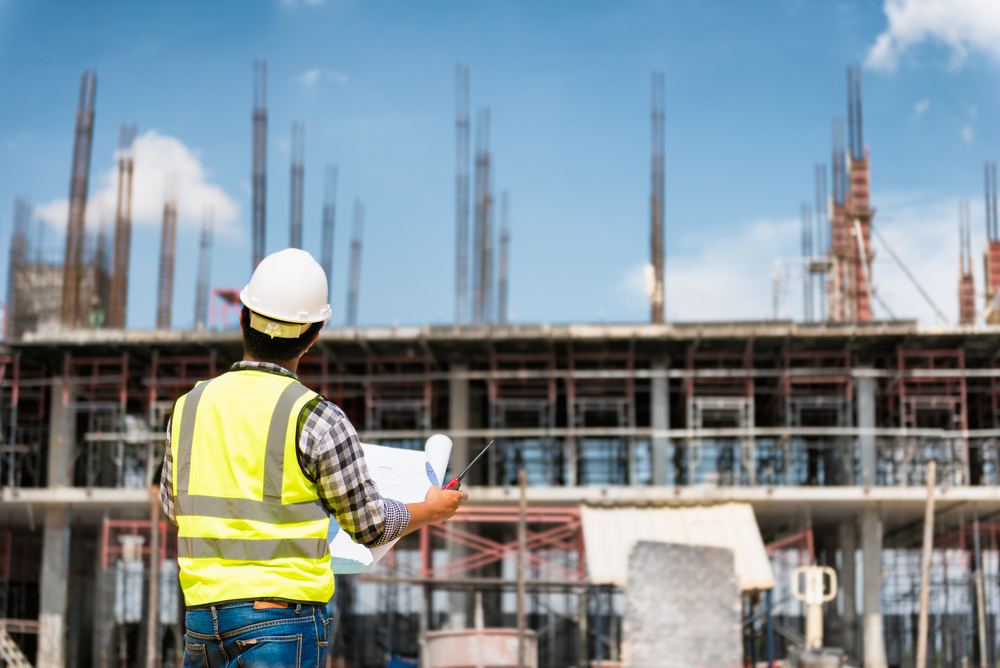The Importance of Safety Risk Management in Construction
The Importance of Safety Risk Management in Construction

Importance of Safety Risk Management in Construction: Safety risk management in construction is crucial to ensuring the well-being of workers, the success of the project, and compliance with regulatory standards. Construction sites are inherently dangerous environments, with numerous hazards ranging from heavy machinery to working at heights. Without proper safety management, accidents and injuries are likely to occur, leading to costly delays, legal consequences, and even fatalities.
In this blog, we’ll explore why safety risk management is vital in construction and how effective strategies can be implemented to minimize risks and protect workers.
What Is Safety Risk Management in Construction?
Safety risk management in construction involves identifying, assessing, and mitigating risks that can harm workers or the public during construction activities. It is a proactive process that aims to prevent accidents by anticipating potential hazards and putting measures in place to reduce the likelihood of those risks materializing.
Effective safety risk management is not just about meeting regulatory requirements—it’s about fostering a culture of safety that prioritizes the health and well-being of all individuals on a construction site.
The Role of Safety Risk Management in Construction
1. Preventing Accidents and Injuries
One of the primary purposes of safety risk management is to prevent accidents and injuries on construction sites. Given the numerous hazards, such as falling objects, electrical risks, and exposure to hazardous materials, it’s essential to have a comprehensive risk management plan to minimize the risk of accidents. Identifying these hazards early allows for the implementation of safety measures such as protective gear, safety barriers, and proper training.
2. Compliance with Regulations
Construction sites must adhere to various health and safety regulations, such as OSHA (Occupational Safety and Health Administration) standards in the United States or similar regulations in other countries. Failure to comply with these regulations can result in legal penalties, fines, and project shutdowns. Safety risk management ensures that construction sites meet all regulatory requirements, avoiding costly legal repercussions.
3. Improving Worker Morale and Productivity
A safe working environment boosts worker morale and productivity. When workers feel confident that their employer is taking the necessary precautions to protect them from harm, they are more likely to be engaged, motivated, and productive. In contrast, unsafe conditions can lead to high absenteeism, low morale, and a high turnover rate, all of which negatively impact project timelines and budgets.

4. Cost Savings
Accidents and injuries on construction sites can lead to significant financial costs, including medical expenses, compensation claims, equipment damage, and project delays. Safety risk management helps avoid these costs by preventing accidents before they happen. While implementing safety measures may require an upfront investment, the long-term savings far outweigh the potential costs associated with accidents.
Key Elements of Effective Safety Risk Management
1. Hazard Identification
The first step in safety risk management is identifying potential hazards on the construction site. This can involve reviewing previous projects, consulting safety experts, and conducting thorough site inspections. Common hazards in construction include falls from heights, electrical shocks, equipment malfunctions, and exposure to hazardous substances.
2. Risk Assessment
Once hazards have been identified, the next step is to assess the level of risk associated with each hazard. This involves evaluating the likelihood of the hazard occurring and the severity of its impact if it does occur. A risk matrix is often used to categorize risks based on their potential harm and probability, allowing project managers to prioritize which risks need the most attention.
3. Risk Mitigation
Mitigating risks involves implementing measures to reduce the likelihood and impact of potential hazards. This can include providing personal protective equipment (PPE), installing safety barriers, conducting regular equipment maintenance, and ensuring workers are properly trained in safety procedures. Additionally, implementing technology such as drones, sensors, and wearables can enhance monitoring and safety on construction sites.
4. Safety Training
Regular safety training is essential for ensuring that all workers are aware of the risks on-site and know how to avoid them. This includes training workers on how to use equipment properly, how to identify hazards, and how to respond in case of an emergency. Ongoing safety education helps reinforce a safety-conscious culture and keeps workers updated on the latest safety practices.
5. Monitoring and Continuous Improvement
Safety risk management is an ongoing process. Regular monitoring and safety audits should be conducted to ensure that safety measures are being followed and are effective. If a hazard materializes or an accident occurs, it’s crucial to review the incident, learn from it, and make improvements to prevent future occurrences.
The Consequences of Ignoring Safety Risk Management
Ignoring safety risk management in construction can have devastating consequences. Accidents can lead to severe injuries or fatalities, resulting in legal action, damaged reputations, and project shutdowns. Moreover, the financial costs of dealing with accidents far exceed the investment required for proactive risk management.
In addition to these tangible consequences, a company’s reputation can be significantly damaged if it is known for unsafe working conditions. Clients, investors, and stakeholders are more likely to support construction firms that prioritize safety, as it reflects a commitment to professionalism and ethical responsibility.
Conclusion
Safety risk management is not just a regulatory requirement in construction—it’s a moral obligation and a key component of a successful project. By proactively identifying, assessing, and mitigating risks, construction companies can protect their workers, avoid costly accidents, and ensure the timely and efficient completion of projects. A strong commitment to safety ultimately leads to a safer, more productive, and more successful construction industry.
For more information on construction safety and how we can assist your projects, contact us to learn more.
External Resources for Legal Guidance
Importance of Safety Risk Management in Construction
Read more related articles to enhance your knowledge and make informed decisions
10 Essential Steps in the Building Construction Process
How to Choose the Right Materials for Your Construction Project








